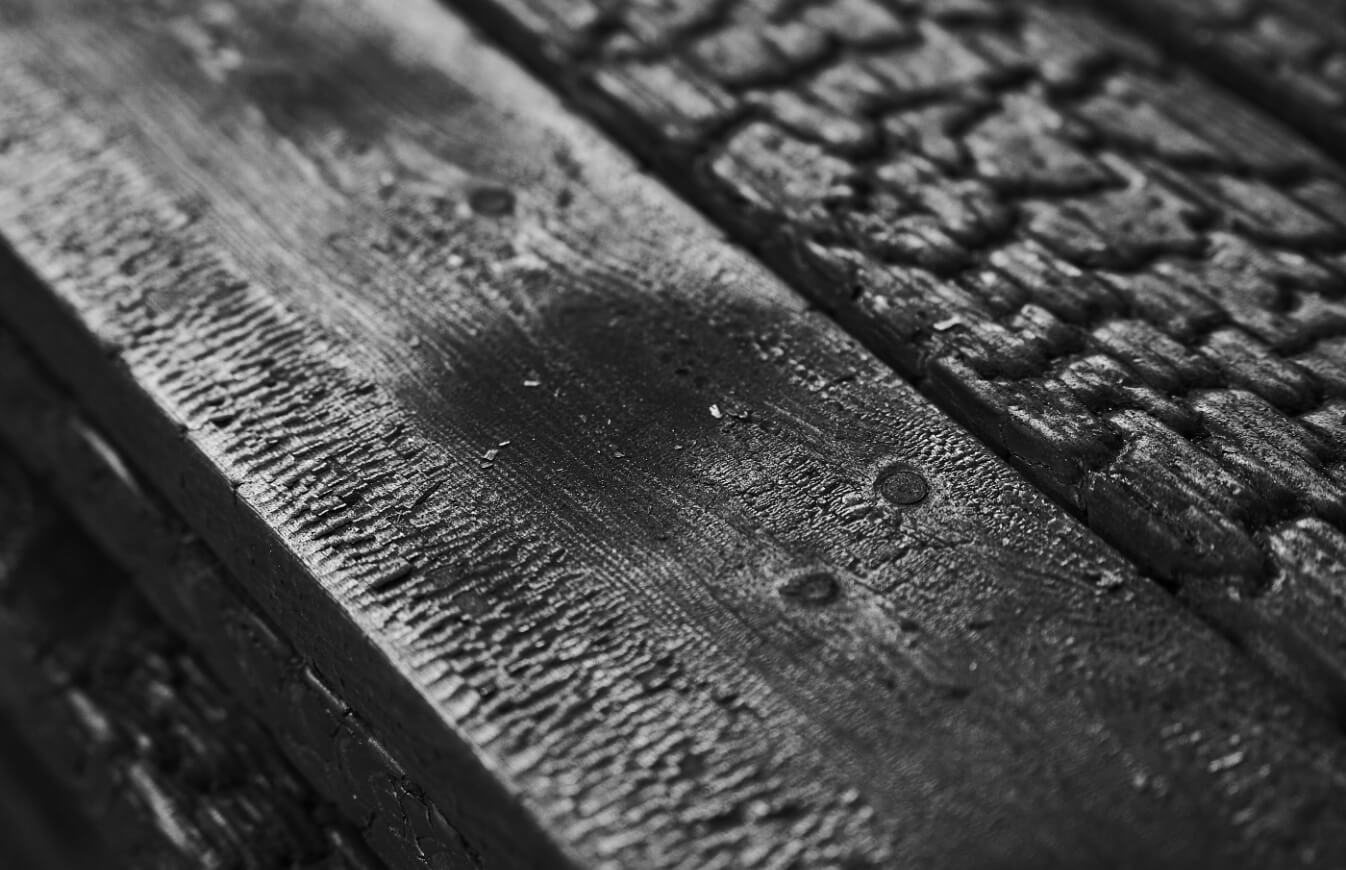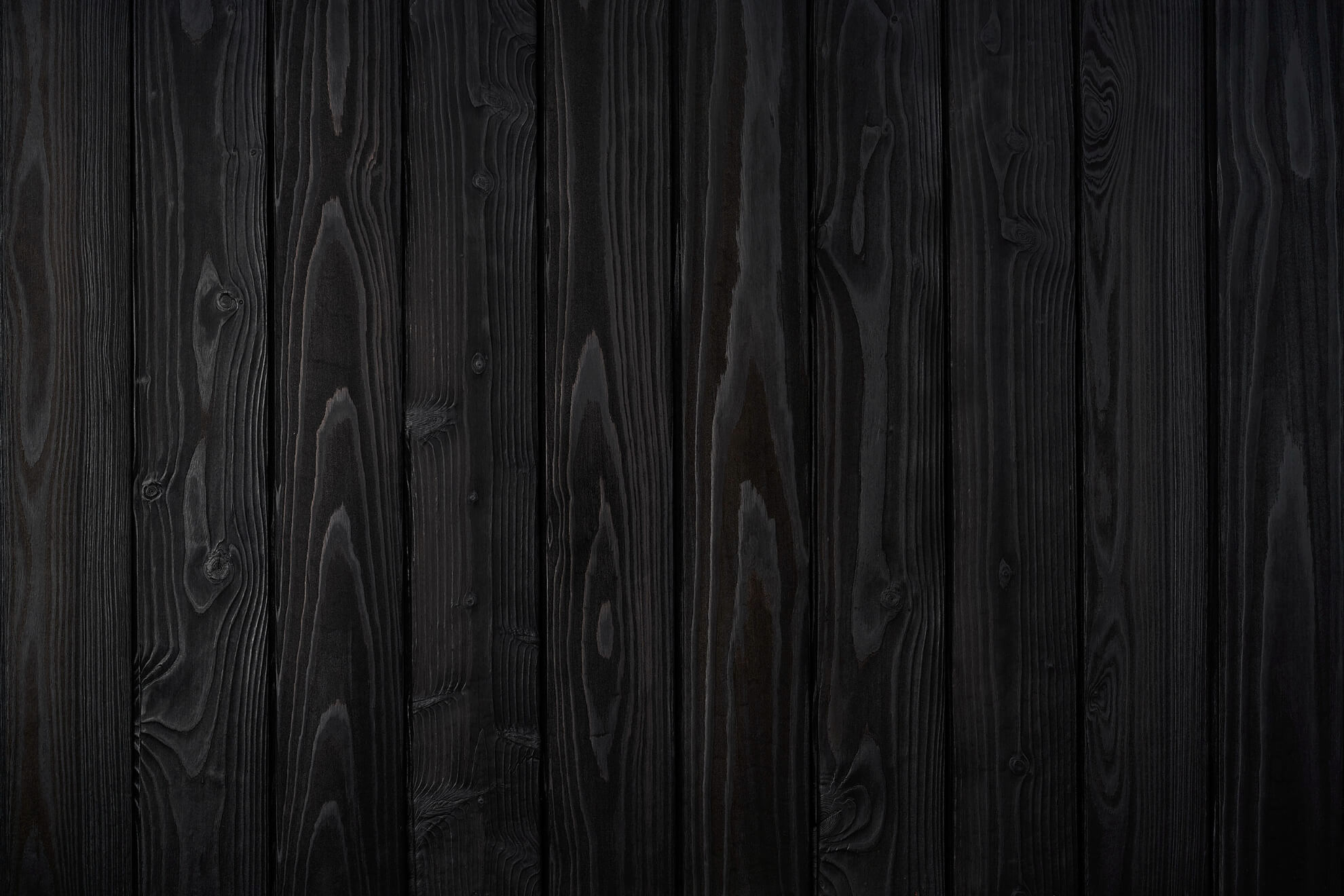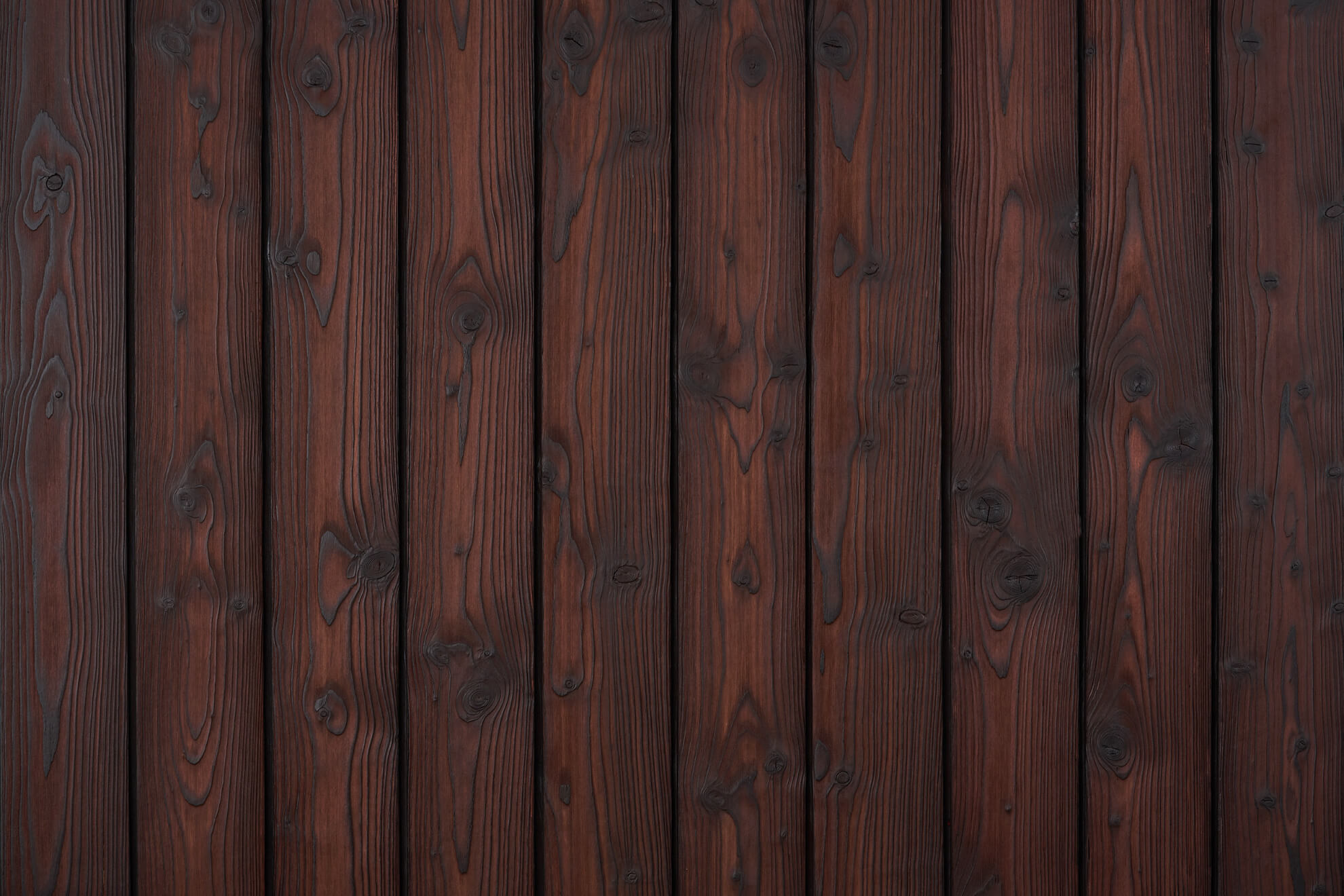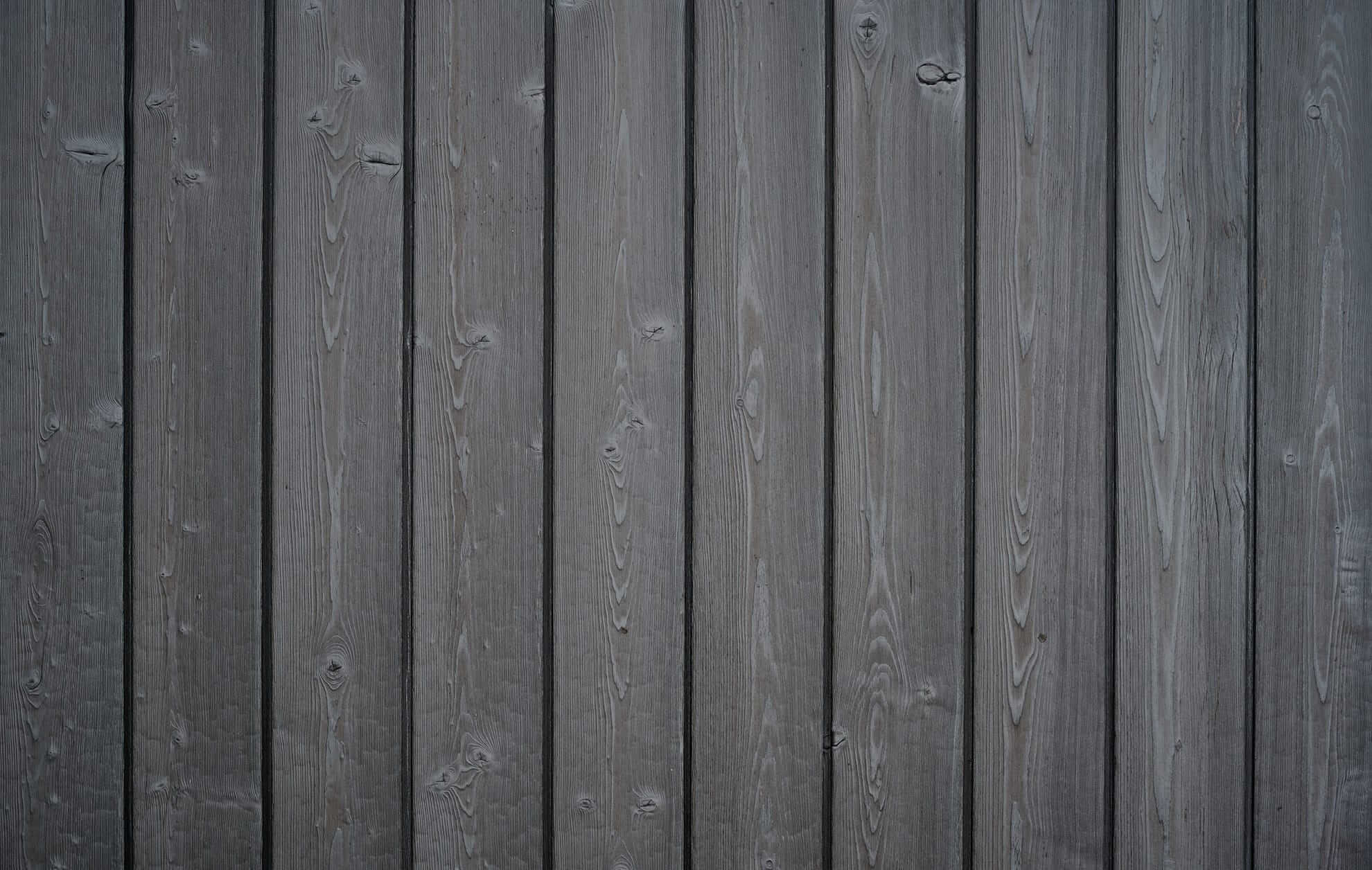Yakiita: The Timeless Art of Yakisugi Charred Wood
Yakiita is a remarkable wood processing technique that’s becoming more and more popular as time goes by. That’s because people around the globe simply can’t resist the elegant looks and benefits of charred wood as a building material. If you’ve never heard about this technique but are interested in lumber as a construction material, it might be time to learn about it. Read on to discover how burnt timber can stylize your home, inside and out.

Yakisugi also known as Shou Sugi Ban.
In Japan, tradition is inseparable from everyday life. Having tradition equals having a soul almost. This is why in the Land of the Rising Sun, many traditions live on not for decades, not for a few hundred years even, but far longer. Due to the very strong link between tradition and the Japanese lifestyle, some of those traditions can span millennia and define eras.
A Premium Feel Which Reigns Supreme
In a world, where gimmicks and superficial values are getting more and more recognition, the urge for something enduring, something real is at its all-time high. Not everything bears just a price. Wood, processed with Japanese traditions, bears more than just a numeric value. It’s rich in soul and culture.
The technology we use combines the best of two worlds. First are the tradition and know-how obtained from Japan’s most exceptional and brightest craftsmen. Second – modern manufacturing equipment and tech as well as computer software from the 21st century.
Through meshing and merging of the two very different philosophies, we are able to provide crème de la crème of charred wood for various interior and exterior applications. Modern tech allow wood quality refinement and improves the looks as well. With no dangerous chemicals or tricks used, it is a straight-up, no-nonsense product that has real, everlasting value.
Yakisugi timber charring technology deepens the natural colour of the wood and accentuates shades that otherwise might be very hardly noticeable. The millennia-old technique brings out the best any piece of timber has to offer. No two planks might look alike. It is just like fingerprints. Every tree has its own identity, and wood charring helps show that.
Besides, Shou Sugi Ban is an exclusive option for wood processing. Its scarce and very exclusive in our latitudes, which means that your floors, fences, claddings and any decking should definitely stand out from the pack. We are not just talking about looks, either. Yakisugi improves the physical characteristics of wood instead of just being a technique aimed at visual fidelity. Two birds with one stone so to speak.



